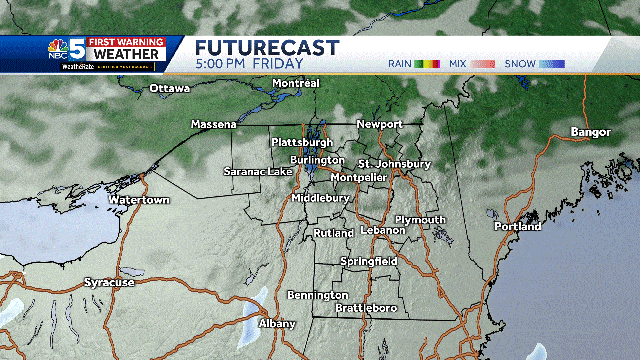It’s early June already, but did you know this month is Colorado Pollinator Month? And June 21-27 is National Pollinator Week. The City of Boulder celebrates Pollinator Appreciation Month in September, and countless other communities host their own festivals and events to raise awareness of the importance of pollinators.
What is pollination and why is it important? Simply put, it is the transfer of pollen grains from the male anther of one flower to the female stigma of another flower of the same species for reproduction. It is vaguely said that bees are responsible for one in three mouthfuls of the food we consume, and it is well known that the role of pollinators in helping plants reproduce is essential in sustaining ecosystems around the world.
Here are some easy things you can do in your garden to help support pollinators:
Think of your garden as a grocery store and plant a variety of flowering plants. Pollinators, and especially bees, depend on pollen (made up of proteins, fats / lipids, minerals, vitamins) and nectar (carbohydrates) from flowers for their nutrition. Pollen from different plants has different compositions, so pollinators generally need different sources of pollen to choose from in order to have a healthy diet. It is also essential to have a variety of flower shapes and sizes, as pollinators come in different shapes and sizes. A large bumblebee may have trouble extracting pollen and nectar from a small, delicate flower.
Plant in groups or in swaths. A group of plants of the same species will support pollinators better because it is like a one stop shop. They can move around the group of plants rather than having to go from one area of your garden to another to find enough pollen and nectar at any given time. For the most part, pollinators will visit the same plant species in a single foraging route, hence pollination. They will likely visit a different species on their next flight, but typically won’t visit a sunflower and a penstemon on the same outing.
Pay attention to when your plants are flowering. Remember that pollinator grocery store you make? Well, you want to make sure it’s fully stocked all season long. It is important to have plants that flower early in the season, all summer and late in the fall. If there is a shortage of flowers in the heat of summer, pollinators will have to go elsewhere to find their sustenance. Here are some examples of plants you can include to make something bloom all season long: early season – fruit trees, bulbs, penstemons; mid-season – asters, hedge flower, salvias; end of season – Rocky Mountain bee plant, sunflowers, goldenrod, rabbit bush.
Avoid double blooming flowers. These gorgeous flowers with tons of petals are beautiful to us, but do very little to support pollinators. The male reproductive part of the flowers has been removed and replaced with petals. If you have any precious double roses, dahlias, or peonies, keep them by all means, just be sure to include single varieties as well.
Provide a source of water. If you live near a body of water, your local pollinators may have what they need, but when it’s hot and dry, you can provide additional water as well. Fill a shallow dish (flowerpot saucers work great) with small stones, then fill it with water. Make sure some of the rocks protrude so that there is an airstrip and an escape route. Empty and refill every few days to avoid breeding ground for mosquitoes.
Whether it’s June, September, or any other month of the year, let’s celebrate pollinators and help make our home their home.
Deryn Davidson is Colorado State University’s Extension Officer for Horticulture in Boulder County and Acting Director for Jefferson County.
 Xoven Agricultor
Xoven Agricultor



